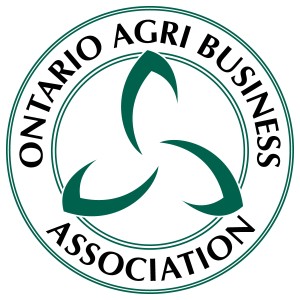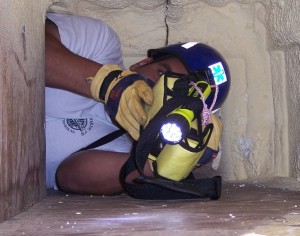Today, we going to take a look at how confined space training can save your life.
ACUTE has over 100 years of combined experience with in-house or on-site worker environmental and safety training including confined space training. We want to help you keep your workers safe.
We’ll outline why confined space training is so important, what the training includes, and let you know how you can sign up. So, let’s get started.
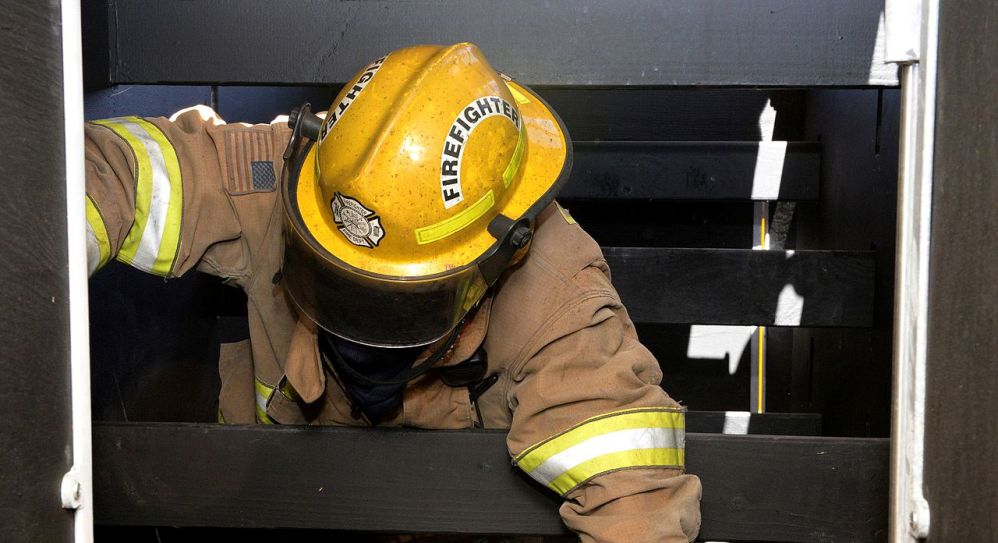
Proper confined space training can save your life!
How Confined Space Training Can Save Your Life
Confined spaces are high-risk work areas that have killed workers and would-be rescuers. Receiving the proper training that equips you with the necessary skills for working in a confined space and and carrying out a successful rescue in a confined space can help prevent fatalities. The more training and knowledge you have before you enter a confined space, the higher the probability that you will get in, do your job, and get back out safe and sound.
Training Raises Awareness: Confined space training will make you more aware of the dangers of working in these types of situations. It will also encourage you to be alert and use more caution while working which will result in fewer injuries and more lives saved.
Training Will Help You Remain Calm: If you have proper training you are more likely to remain calm in an emergency situation. Knowing what you should do in this type of situation will mean that you are less likely to panic. You can let your training take over by following the safety steps you have learned . This will ensure that you avoid serious injuries and get out safely.
Training Is Helpful for New and Experienced Workers: Confined space training is extremely important for both new and experienced workers. Appropriate, hands-on training is the best way to ensure proper understanding of confined spaces. Training is just as important for experienced workers because they often act as role models to newer employees through the modelling of proper safety practices.

Proper confined space training will help you remain calm in an emergency
What Is a Confined Space?
A confined space refers to an area that is enclosed or partially enclosed. There are 3 criteria that need to be met in order for a work area to be classified as a confined space. These criteria include:
- The space is not designed or intended for people to occupy except when some type of work needs to be performed in it.
- The access into and out of the space is restricted
- The space may be a hazard to the worker entering it because of: its design, construction, location, or atmosphere; the materials or substances in it; the type of work that needs to be performed in it; or the mechanical, process, and safety hazards that are present in the space.
Source: Canadian Centre for Occupational Health and Safety
Confined spaces can be found in almost any type of workplace from businesses to agricultural settings. If you or any of your workers will be doing work in a confined space, then they need to take confined space training.
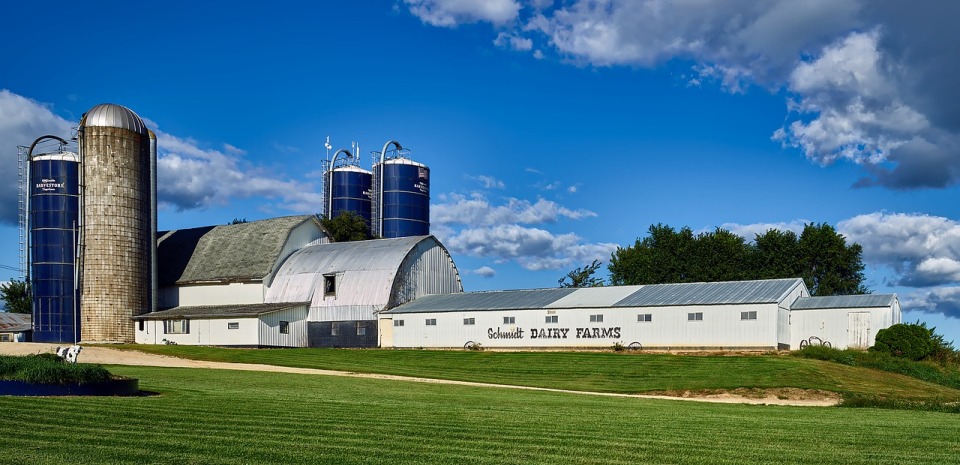
Confined spaces can be found in all types of workplaces including farms
Specific Examples of Confined Spaces
There are many different types of confined spaces located both below and above ground. Even though the name suggests that is it a small area, you could also have a confined space that is much larger that meets the definition and presents safety risks. Here are some specific examples of work-spaces that are considered confined spaces:
- Tunnels
- Wells
- Water Supply Towers
- Manholes, Sewers, and Pipes
- Truck or Rail Tank Cars
- Aircraft Wings
- Boilers and Pump Stations
- Digesters
- Cold Storage and Subcellars
- Ship Holds and Barges
- Shipping Containers
- Storage Tanks
- Culverts
- Silos, Manure Pits, and Storage Bins
- Bank and Utility Vaults
- Open Ditches and Trenches with Limited Access or Egress
- Vats and Hoppers
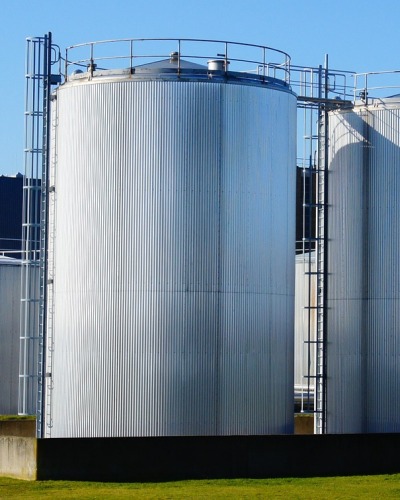
Regulations Surrounding Confined Space
The Ontario Ministry of Labour, Immigration, Training and Skills Development requires that all employees entering a confined space and all employees contributing to the work that involves the confined space need to be properly trained.
The training that you have needs to include the following:
- Teaching you how to recognize and identify potential hazards associated with the confined spaces that you will enter.
- Learning the evaluation and control procedures for identified or potential hazards in the confined space.
- Hands-on training for all equipment such as ventilation equipment (blowers), harnesses, and air quality monitors (e.g., oxygen/combustible meters) that you will be using when you are in the confined space.
- Hands-on training for all personal protective equipment (e.g., respirators) that you will be using while in the confined space.
- Understanding all of the procedures for entering the confined space.
- Learning the procedures you need to follow in case a situation comes up that could present additional risk.
- Training for the specific work that you will be doing while in the confined space.
- Training surrounding the rescue plan.
Note: This very short summary has been prepared to help workplace parties understand some of their obligations under the Occupational Health and Safety Act (OHSA) and regulations. It is not legal advice.
Confined Space Training Ontario: Certification
As of the most recent update of this article, October 2020, there is no formal confined space certification process employed by the Ministry of Labour, Immigration, Training and Skills Development. In addition, there is no certification process for trainers, workers, training programs, or agencies at this time.
It is up to the employer, in consultation with the Joint Health and Safety Committee or health and safety representative, if any, to determine the level and type of training provided, and to ensure it is adequate for the type of entry being conducted.
Source: Ontario Ministry of Labour, Immigration, Training and Skills Development

It is up to your employer to determine the level and type of training provided
Confined Space Training With ACUTE
Are you looking for proper confined space training? ACUTE offers the following courses that will help prepare you and help keep you safe while working in and around confined spaces.
Confined Space Entry
Course Length: 1 day (8 hours)
This training course has no prerequisites and focuses on entry and awareness. In this course you will learn about all of the legislative regulations related to confined spaces.
You will also learn about recognizing risks and hazards and how to control them. This course includes detailed handouts, videos, and quizzes. As well as hands-on training including how to inspect and use personal protective and rescue equipment, and teaches you how to apply appropriate control measures.
Confined Space Entry Rescue
Course Length: 1 day (8 hours)
This training course requires you to complete the Confined Space Entry training course before taking Confined Space Entry Rescue, as it builds on the previous course content.
This course may be physically demanding for some, and contains significant practical components, including practice in ACUTE’s confined space simulators.
This course focuses on confined space rescues and includes information on rescue types, proper lifting techniques, and use of victim packaging devices.
For the Best Confined Spaces Training Ontario Has to Offer, Trust ACUTE
ACUTE’s experienced team members have been serving safety professionals for over 20 years. You can trust ACUTE for hands-on, practical safety training to keep your employees safe in the workplace. ACUTE is dedicated to workplace safety and understands the importance of course and training provider approval. Why get workplace safety training with ACUTE? Here are just some of the benefits of working with ACUTE.

- Open Door Instructor-Student Partnership – ACUTE’s training services emphasize client participation. Staff foster relationships with clients and serve as a touchstone for advice anytime moving forward.
- Serving Your Team and Industry – With a vast array of clients in manufacturing, construction, health, academic, and government sectors, ACUTE brings the best safety practices from across the spectrum to your workplace.
- 100 Years Combined Experience – ACUTE provides comprehensive health and safety training, on-site safety services, and consulting services. With over 100 years of combined experience, our company staff offer more than theoretical or abstract ideas. ACUTE offers solutions.
- Track Record of Success – ACUTE is rated 4.9/5 stars on Google reviews, demonstrating a commitment to our clients, quality, and passion for training.
“Fantastic facilitators and staff here. I have brought many students to Acute for training over multiple years and have no complaints. They are very accommodating, professional, and thorough in their training standards. Highly recommended.”
Are You an OABA Member? Contact ACUTE for Training
If you are a member of the Ontario Agri Business Association (OABA) then you can contact ACUTE Environmental & Safety Services to provide you with the training that you need to meet your obligations set out in federal and provincial health and safety legislation.
The OABA has partnered with ACUTE to give its member access to the expanded resources and training services that ACUTE can provide you to ensure your success with the health and safety compliance programs.
To book safety services including training, inspection, audit, and consulting, you can contact ACUTE Environmental & Safety Services either:
By Phone: 519-747-5075 or
By Email: info@acuteservices.com
Would you like to hold staff safety training at your own location? Click here to learn more.
